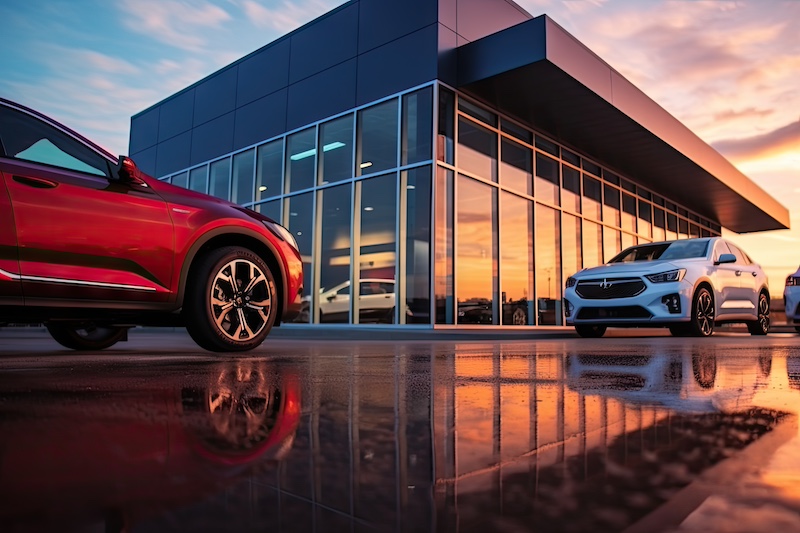By Andrew Tai, CEO, Motoinsight
If you’re reading this, chances are you work for a dealer. And if that’s the case, then you, more than anyone, are acutely aware of the steady rise in new car prices over the last decade or so. There’s no getting past it: cars are really expensive.
Okay, so maybe cars have never not been expensive; it’s not like anyone is paying for a used Civic with the change they found in their couch. But as cars offer more technology and more size as standard, the balance has shifted away from affordability. And with higher prices come higher customer expectations.
What makes a true luxury experience?
Luxury customers have always expected more of their dealerships. Customers at Mercedes-Benz Burlington have a golf simulator to upgrade their waiting room experience. Parkview BMW has a customer lounge and free coffee. But it’s not just about the amenities.
Now that even mid-range models verge on what we recently considered luxury car pricing, nearly all of your customers expect the white-glove experience that once was reserved for only a select few. The good news is that you don’t need a golf simulator or a $10,000 espresso machine to meet your customers’ expectations.
When Don Valley North Hyundai opened their Genesis Markham storefront, they needed a way to differentiate their new luxury dealership. Fortunately, Genesis Canada had a digital retailing solution in mind as a pillar of the disruptive new luxury brand. Here’s what Chris Han, a GXM at Genesis Markham, thinks of the result: “We’re working with customers who expect perfection in all areas of their lives, and [digital retailing] brings that to their car purchases — no matter what ‘perfection’ looks like to each individual.”
That’s the essence of digital retailing. It’s not just a way to generate more leads or close more deals — although those are certainly benefits — it’s also a way to create a better customer experience to match the increased prices and increased consumer expectations.
How much have prices really increased?
Prices have skyrocketed. In an interview with Auto Remarketing, Cox Automotive’s senior economist identified some dramatic statistics: “In 2012, 51 percent of all new vehicles had manufacturer suggested retail prices below $30,000, and six percent had MSPRs greater than $50,000,” he said. “Compare that to 2019 when 28 percent of new vehicles had sticker prices below $30,000 and 24 percent had sticker prices greater than $50,000.” Let that sink in for a moment. Just eight years ago, only six percent of new vehicles cost over $50,000. Now, that price bracket accounts for a quarter of all vehicles manufactured.
The wholesale takeover of the sedan segment by more expensive SUVs and crossovers explains part of this price hike, as does the influx of costly extras like infotainment, driver aids, and enhanced connectivity. But irrespective of the reason, the impact on your dealership is the same: your customers expect to feel special.
Buying a car should always feel special. It’s a big moment, whether your customer is looking for a sports car or a subcompact. Now that the best digital retailing platforms offer buying tools that unite online and in-store shopping into one seamless experience, it’s surprisingly easy to build a customer journey that mirrors the cutting-edge Genesis platform.
Spending more money is frustrating when you can’t see a good reason for the heavy price tag. That’s why a great, digitally enhanced purchase experience is the difference between a hesitant customer and one who’s thoroughly enthusiastic.
About the Author
Andrew Tai is the CEO and co-founder of Motoinsight, but his influence extends far beyond the company. A columnist at The Globe and Mail and a prolific speaker, Andrew is a recognized authority on digital retailing within the automotive industry.
Don’t miss Andrew Tai’s session, “Digital Retail in the Real World” at Digital Dealer Orlando.








